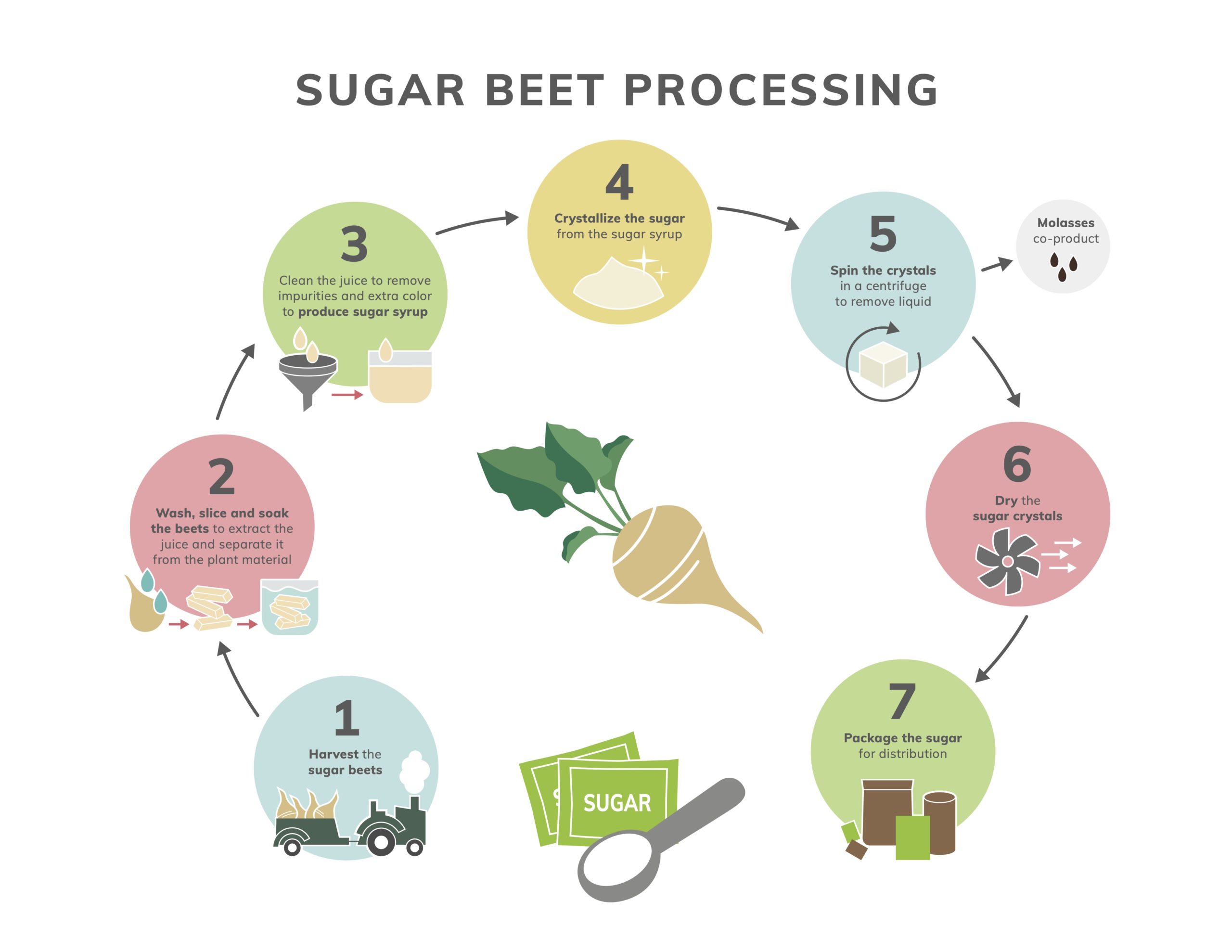Comprehensive Cane Sugar Processing Chemicals: From Start to Finish
Wiki Article
Maximizar Rendimientos Y Minimizar Costos: Estrategias Avanzadas Para La Optimización Química Del Procesamiento De Azúcar De Caña
In the realm of walking stick sugar handling, the pursuit of making best use of returns while simultaneously minimizing expenses stands as a formidable difficulty that calls for a calculated blend of sophisticated chemical optimization methods. Among this intricate web of methods exists the promise of unlocking untapped capacity and changing the very essence of sugar production.Chemical Evaluation for Performance
Chemical evaluation plays a pivotal role in improving the effectiveness of sugar walking stick handling by providing vital understandings into the structure and homes of the raw products. By performing detailed chemical analyses on sugar cane samples, cpus can establish the exact concentrations of sucrose, sugar, fructose, and various other components existing in the raw product. This details is vital for optimizing the numerous phases of the sugar walking stick processing chain, from grating to formation.In addition, chemical evaluation makes it possible for cpus to determine contaminations such as natural acids, proteins, and minerals that can influence the top quality and return of the last sugar item. By evaluating these contaminations, processors can apply targeted approaches to get rid of or mitigate their results, ultimately enhancing the general efficiency of the processing plant.
In addition, chemical analysis facilitates the monitoring of procedure criteria such as pH, temperature level, and viscosity, permitting cpus to make real-time changes to ensure optimal problems for sugar removal and condensation. Generally, an extensive understanding of the chemical structure of sugar walking stick is vital for optimizing yields, reducing prices, and keeping high product high quality in the sugar manufacturing sector.

Enzyme Use for Enhanced Returns
With a strategic strategy to enzyme usage, sugar cane processors can considerably improve their yields while keeping operational performance in the production procedure. Enzymes play an essential duty in sugar walking stick processing by breaking down intricate carbohydrates right into simpler sugars, therefore increasing the general sugar removal effectiveness. By including specific enzymes tailored to target the various components of sugar cane, such as cellulose and hemicellulose, cpus can boost the release of sugars during extraction.Enzyme use supplies the advantage of maximizing sugar yields from the raw material while lessening the power and sources needed for handling. This results in a much more lasting and affordable production procedure. In addition, enzymes can aid in reducing processing time and improving the general high quality of the sugar item. Through cautious option and application of enzymes, sugar cane processors can optimize their operations to achieve higher yields and earnings.
Ph Control for Ideal Processing
Enzyme usage for enhanced yields in sugar cane processing lays the structure for resolving the essential aspect of pH control for optimum handling performance. Keeping the ideal pH degree throughout numerous phases of sugar walking stick processing is essential for optimizing yields and lessening costs. pH control is particularly crucial throughout the removal and information processes. In the removal phase, maintaining the proper pH aids in accomplishing efficient sucrose removal from the walking stick. Managing the pH during clarification help in the precipitation of impurities and non-sucrose components, leading to a purer end product. In addition, pH influences the task of enzymes associated with the break down of macromolecules, impacting the total efficiency of the procedure. By carefully checking and readjusting the pH levels at different processing actions, sugar cane cpus can boost sugar healing prices, reduce chemical use, and optimize the overall manufacturing procedure. Efficient pH control not only improves the high quality of the final product however also adds to lasting and cost-effective sugar cane processing operations.Advanced Filtering Methods
Executing sophisticated filtering strategies in sugar walking cane handling enhances the effectiveness and purity of the final item with improved separation methods. By including sophisticated filtering technologies, such as membrane layer filtration and triggered carbon filtering, sugar cane processing plants can attain higher levels of sugar recovery and improved high quality control.
Triggered carbon purification is another advanced strategy that aids in the elimination of colorants, off-flavors, and recurring impurities from sugar walking stick products. By utilizing activated carbon's adsorption residential properties, this filtering method enhances the clearness and preference of the sugar, meeting i thought about this the high requirements demanded by consumers and sector policies.
Energy-Efficient Distillation Techniques
Energy-efficient distillation techniques are important for optimizing the sugar walking cane processing market's energy consumption while maintaining high-grade product requirements. Typical purification procedures can be energy-intensive, bring about higher production expenses and ecological effects (Cane Sugar Processing Chemicals). Carrying out energy-efficient purification techniques, such as vacuum cleaner purification or molecular purification, can considerably decrease energy requirements while improving total procedure performanceVacuum distillation involves lowering the pressure within the purification system, which lowers the boiling point of the fluid blend being refined. This decrease in boiling factor lowers the energy needed for vaporization, causing energy cost savings contrasted to standard purification approaches.
On the various other hand, molecular purification uses short path distillation methods under high vacuum cleaner conditions to different compounds based on their molecular weight. This technique is particularly reliable for heat-sensitive substances, as it operates at reduced temperatures, minimizing power usage and preserving product quality.
Final Thought

Report this wiki page